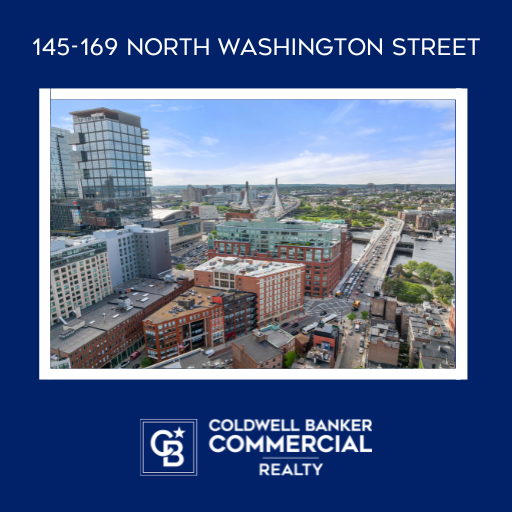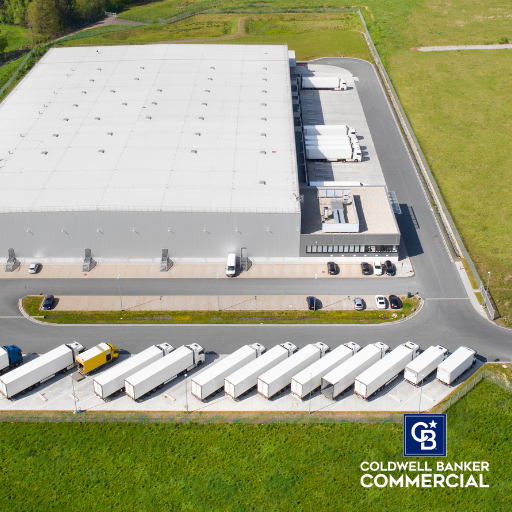5 Secondary Cities to Keep an Eye on in 2019

When it comes to the new boomtowns… are secondary cities the new black? Before you write the idea off, hear us out. As more traditional, “mainstream” cities in the United States become saturated, commercial real estate investors are shifting their eyes and focusing more on cities outside this top tier.
Within the real estate sector, commercial real estate included, there is a lot of buzz about primary cities and secondary cities. If you’ve heard these terms before, you’ve likely wondered what designated a market as one over the other. Or, in other words, how can you distinguish between a primary city or a secondary city?
Simply put, most experts agree that there are a number of primary cities, including the following:
- Boston, MA
- Chicago, IL
- Los Angeles, CA
- New York, NY
- San Francisco, CA
- Washington, DC
- Dallas Fort Worth, TX
- Houston, TX
In terms of their population base, real estate markets, and overall economic impact, it’s no secret that these cities are true powerhouses. These cities are the places where hundreds of thousands, if not millions, of people, choose to live, work, and play. But in 2019, we predict that secondary cities are going to be in the CRE spotlight.
Forbes has reported that cities with less than 1 million residents are seeing strong population growth, thanks in part to the creation of new jobs. Since 2012, Forbes reports that these mid-size, secondary cities have seen an increase in domestic migration, while many major metro areas are seeing a decrease. What’s more, its “Best Cities for Jobs” survey found that 6 out of 10 of the metro areas experiencing the greatest job growth are mid-sized cities or smaller.
But which secondary cities are primed for a year of growth in 2019? Here are 5 markets that we think you should keep your eye on in the coming year. (Thanks to Buildium for the great stats compilation!)
Austin, Texas
Market Statistics
Population: 947,897 (City Data, 2016)
Population growth: 19.93% (Wikipedia, 2010 to 2016)
Population – ages 15 to 34: 31% (PWC, 2017)
5-year population growth – ages 15 to 34: 20.3% (PWC, 2017)
5-year job growth: 137.0% (PWC, 2017)
Charleston, South Carolina
Market Statistics
Population: 137,539 (City Data, 2016)
Population growth: 11.91% (Wikipedia, 2010 to 2016)
Population – ages 15 to 34: 29% (PWC, 2017)
5-year population growth – ages 15 to 34: 9.5% (PWC, 2017)
5-year job growth: 117.7% (PWC, 2017)
Portland, Oregon
Market Statistics
Population: 639,635 (City Data, 2016)
Population growth: 9.61% (Wikipedia, 2010 to 2016)
Population – ages 15 to 34: 27% (PWC, 2017)
5-year population growth – ages 15 to 34: 12.1% (PWC, 2017)
5-year job growth: 113.1% (PWC, 2017)
Denver, Colorado
Market Statistics
Population: 693,060 (City Data, 2016)
Population growth: 15.48% (Wikipedia, 2010 to 2016)
Population – ages 15 to 34: 28% (PWC, 2017)
5-year population growth – ages 15 to 34: 13.2% (PWC, 2017)
5-year job growth: 121.3% (PWC, 2017)
Nashville, Tennessee
Market Statistics
Population: 660,393 (City Data, 2016)
Population growth: 9.84% (Wikipedia, 2010 to 2016)
Population – ages 15 to 34: 28% (PWC, 2017)
5-year population growth – ages 15 to 34: 11.1% (PWC, 2017)
5-year job growth: 108.0% (PWC, 2017)
A Trusted Guide in Commercial Real Estate
Coldwell Banker Commercial® provides Commercial Real Estate Services from Property Sales and Leases, to Property Management. Learn how our expansive network of Independently Owned and Operated Affiliates and Real Estate Professionals use their in-depth knowledge of the local market and industry trends to help businesses and investors navigate the complexities of the commercial real estate landscape.






